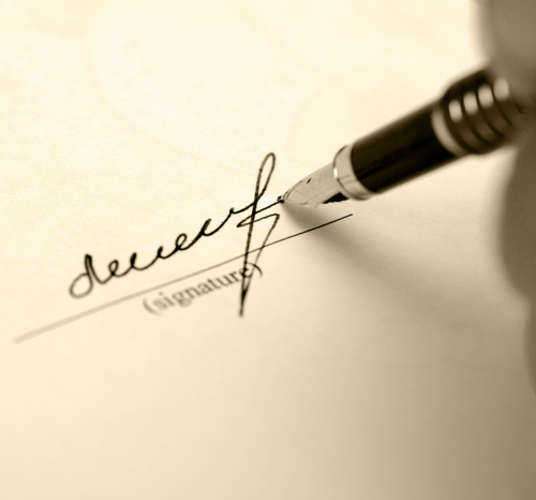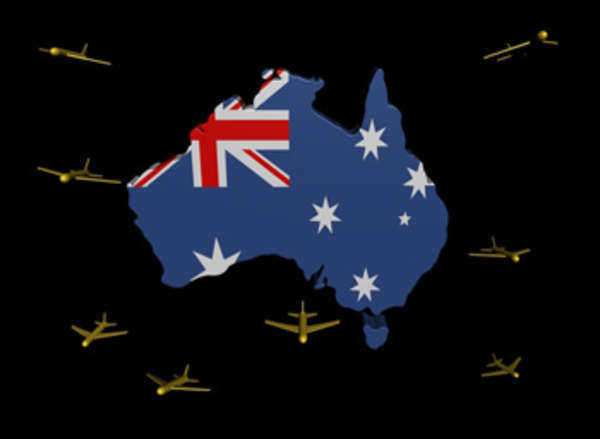
The Treaty of Westphalia does not actually refer to a single treaty, but to multiple treaties which were implemented in order to end the Thirty Years’ War of the Holy Roman Empire, along with the Eighty Years’ War which was waged between Spain and the Dutch Republic. The Treaty of Westphalia was implemented in 1648, though because the Treaty of Westphalia actually refers to multiple treaties it was implemented over the course of several months from May to October.
The Treaty of Westphalia primarily consisted of three treaties, one of which was signed in Osnabruck and the other two of which were signed in Munster. One of the treaties signed in Munster was known as the Peace of Munster and was signed after the other two treaties, which were both each signed on the same day, though in two different locations. The treaty which was signed in Munster was known as the Treaty of Munster and the treaty which was signed in Osnabruck was known as the Treaty of Osnabruck.
Together, these treaties make up the overall Treaty of Westphalia, which concerned the disposition of the Holy Roman Emperor, the Holy Roman Empire, Sweden, France, the Dutch Republic, Spain, and any allies of these important states.
The Treaty of Westphalia is considered very important in the history of international treaties and diplomacy because it is considered to have been the first instance of an international diplomatic assembly in the modern form. The Treaty of Westphalia thus stands out as a landmark in European history.





























